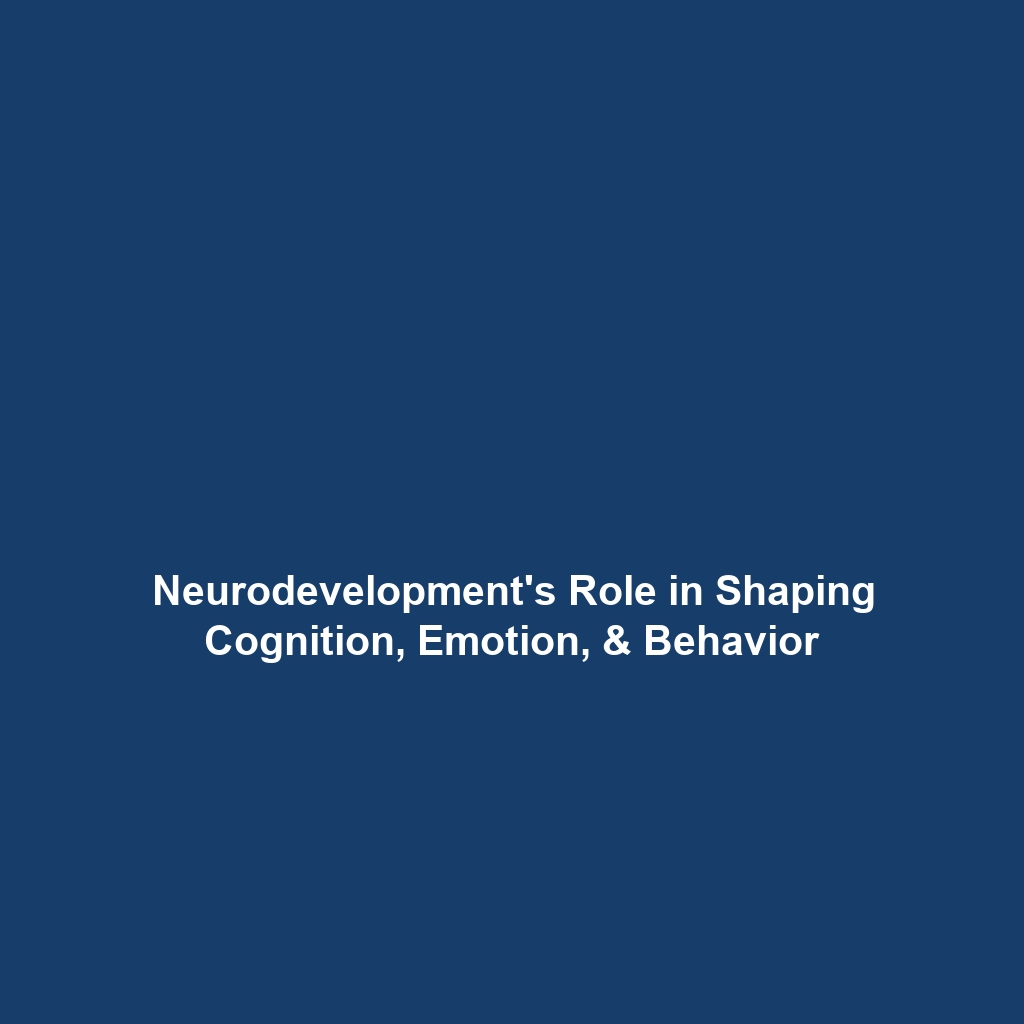Art, Symbols, and Language: Foundations of Human Evolution
Art, symbols, and language form the cornerstone of human culture and identity, playing a critical role in our evolutionary trajectory. As tools of communication and expression, these elements allowed early humans to convey complex ideas, emotions, and social structures. Understanding how these features of humanity developed offers profound insights into our cognitive evolution and the emergence of societal norms. This article delves into the significance of art, symbols, and language within the broader context of human evolution, highlighting key concepts and their implications for our understanding of what it means to be human.
Key Concepts of Art, Symbols, and Language in Human Evolution
The emergence of art, symbols, and language reflects critical milestones in human evolution. Below are some major concepts intertwined with these elements:
Cognitive Development
As humans evolved, so did their cognitive abilities. The capacity for abstract thinking enabled the creation of symbols—a foundational element in both art and language. This cognitive leap allowed for complex social interaction and improved problem-solving skills.
Cultural Transmission
Art and language serve as vessels for cultural transmission, facilitating the sharing of knowledge across generations. Symbolic representations in art, such as cave paintings, provide insights into the lives and beliefs of early humans, illustrating the importance of storytelling and cultural continuity.
Social Cohesion
Language and art foster social cohesion among groups. Social languages and shared artistic practices contribute to group identity, enhancing collaboration and community bonding—key aspects of human survival.
Applications and Real-World Uses
Understanding the interrelation of art, symbols, and language in human evolution finds substantial real-world applications:
- Education: Teachers utilize symbols and storytelling to enhance learning, aiding cognitive development in students.
- Psychology: Art therapy employs creative expression to help individuals communicate emotions and experiences.
- Anthropology: Researchers analyze artifacts and symbols to understand ancient cultures and their worldviews.
These applications illustrate how art, symbols, and language are used in the study of human evolution, showcasing their ongoing relevance.
Current Challenges in Studying Art, Symbols, and Language
Even as interest in these areas grows, several challenges exist:
- Interpretation Ambiguity: The subjective nature of art can lead to varied interpretations, complicating our understanding of its original context.
- Preservation of Artifacts: Many symbolic artifacts are deteriorating or are difficult to excavate, leading to gaps in our historical knowledge.
- Language Evolution: The continual evolution of language complicates the tracing of historical linguistic relationships and their cognitive implications.
These challenges of studying art, symbols, and language reflect the complexities involved in understanding our evolutionary past.
Future Research and Innovations
The future of research in art, symbols, and language appears promising, with advancements in various fields:
- Artificial Intelligence: AI-driven analyses of art and language could reveal patterns and relationships previously unnoticed.
- Neuroscience: Studies examining brain activity in response to symbolic communication could illuminate cognitive evolution pathways.
- Virtual Reality: VR technologies can recreate historical contexts that may enhance our comprehension of ancient art and language.
These innovations suggest a transformative impact on how we view the evolution of human expression.
Conclusion
Art, symbols, and language are integral to understanding human evolution, highlighting our cognitive, cultural, and social development. Their study continues to reveal profound insights into our species’ history and identity. As research advances, individuals interested in the deeper aspects of human evolution are encouraged to explore additional resources and engage with ongoing studies that further illuminate the convergence of these fundamental elements.
For more insights, consider reading about related topics in human evolution.


